

"Most remote sensing instruments (sensors) are designed to measure photons. The fundamental principle underlying sensor operation centers on what happens in a critical component - the detector. This is the concept of the photoelectric effect (for which Albert Einstein, who first explained it in detail, won his Nobel Prize [not for Relativity which was a much greater achievement]; his discovery was, however, a key step in the development of quantum physics). This, simply stated, says that there will be an emission of negative particles (electrons) when a negatively charged plate of some appropriate light-sensitive material is subjected to a beam of photons. The electrons can then be made to flow from the plate, collected, and counted as a signal. A key point: The magnitude of the electric current produced (number of photoelectrons per unit time) is directly proportional to the light intensity. Thus, changes in the electric current can be used to measure changes in the photons (numbers; intensity) that strike the plate (detector) during a given time interval. The kinetic energy of the released photoelectrons varies with frequency (or wavelength) of the impinging radiation. But, different materials undergo photoelectric effect release of electrons over different wavelength intervals; each has a threshold wavelength at which the phenomenon begins and a longer wavelength at which it ceases" (click here for more information).
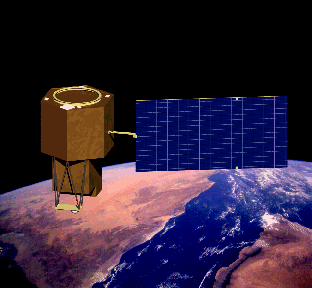
Advanced Land Imager
Advanced Spaceborne Thermal Emmission and Reflection Radiometer
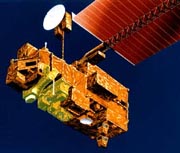
ASTER sensor system
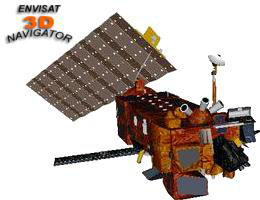
ATSR-1 (Along Track Scanning
Radiometer)
Medium Resolution Imaging Spectrometer

Landsat 7 ETM+ (Enhanced Thematic Mapper Plus)
Multi-angle Imaging SpectroRadiometer

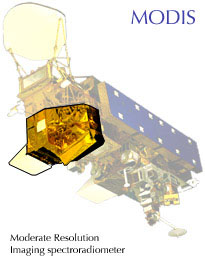
Moderate Resolution Imaging Spectrometer
OrbImage
Satellite Probatoire pour l'Observation de la Terra
Shuttle Radar Topography Mission
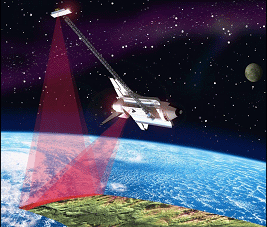
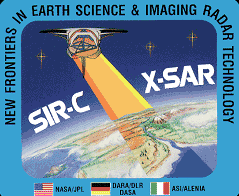
Spaceborne Imaging Radar-C/ X-Synthetic Aperature Radar
Aura
EOS
Aura's Instruments, HIRDLS,
MLS, OMI,
and TES,
contain advanced technologies that have been developed for use on
environmental satellites. Each instrument provides unique and
complementary capabilities that will enable daily global observations of
Earth's atmospheric ozone layer, air quality, and key climate parameters.
AURA homepage
